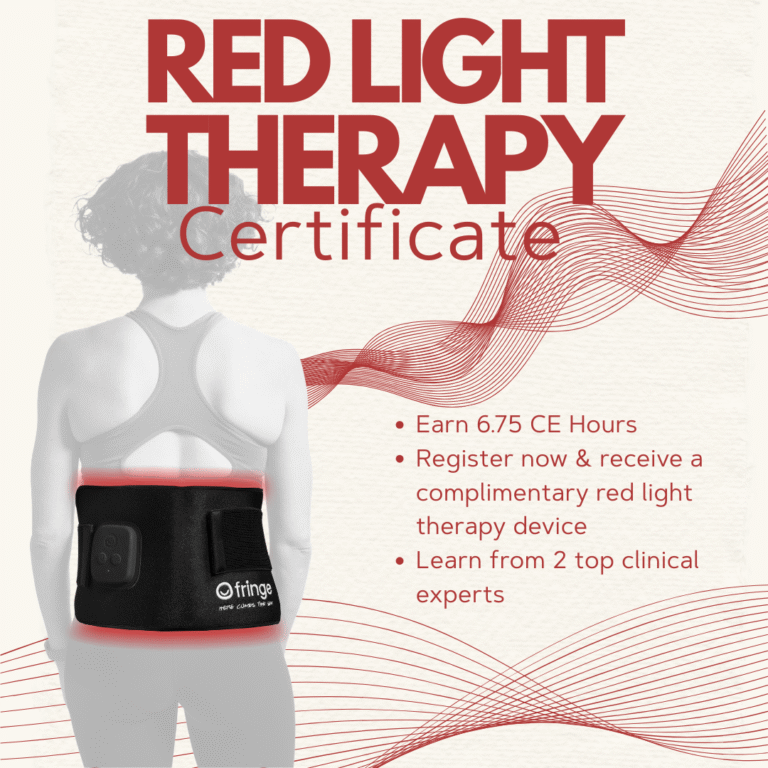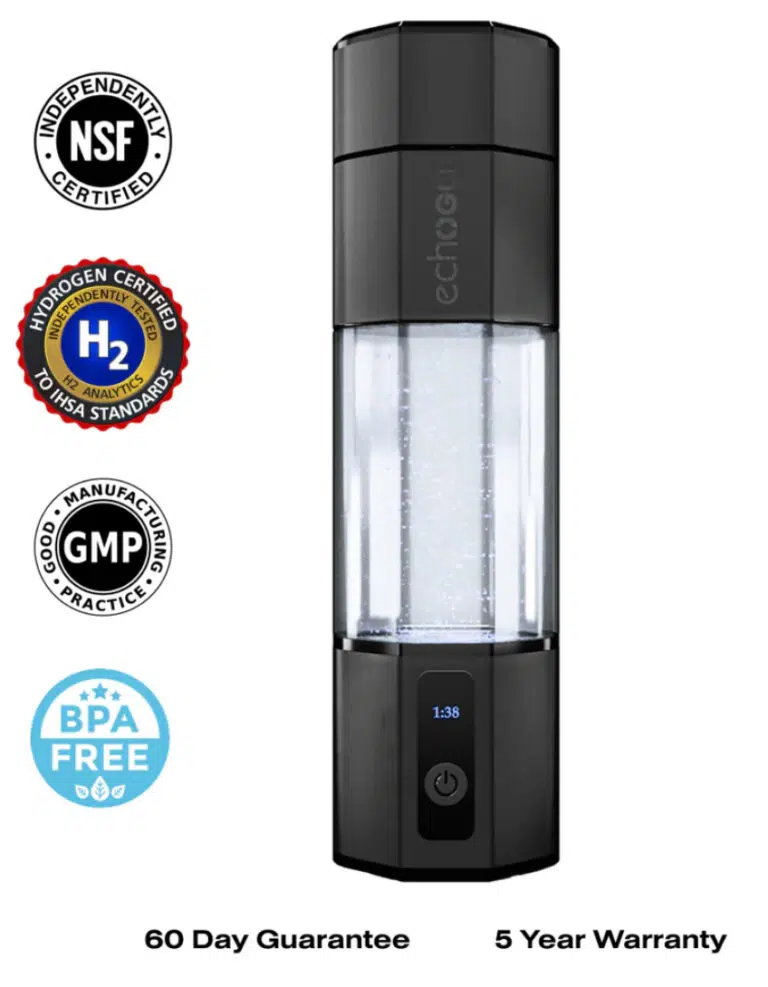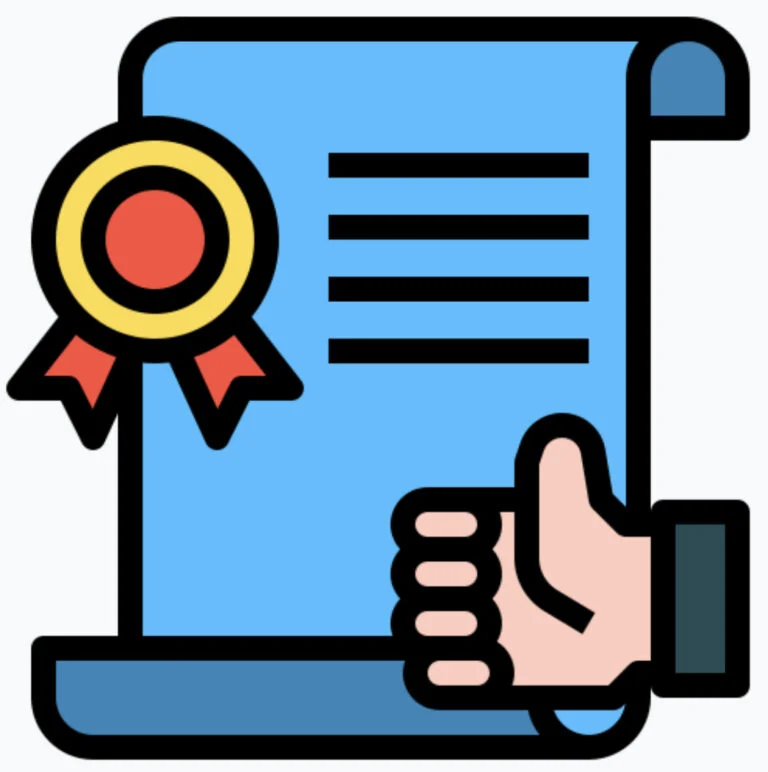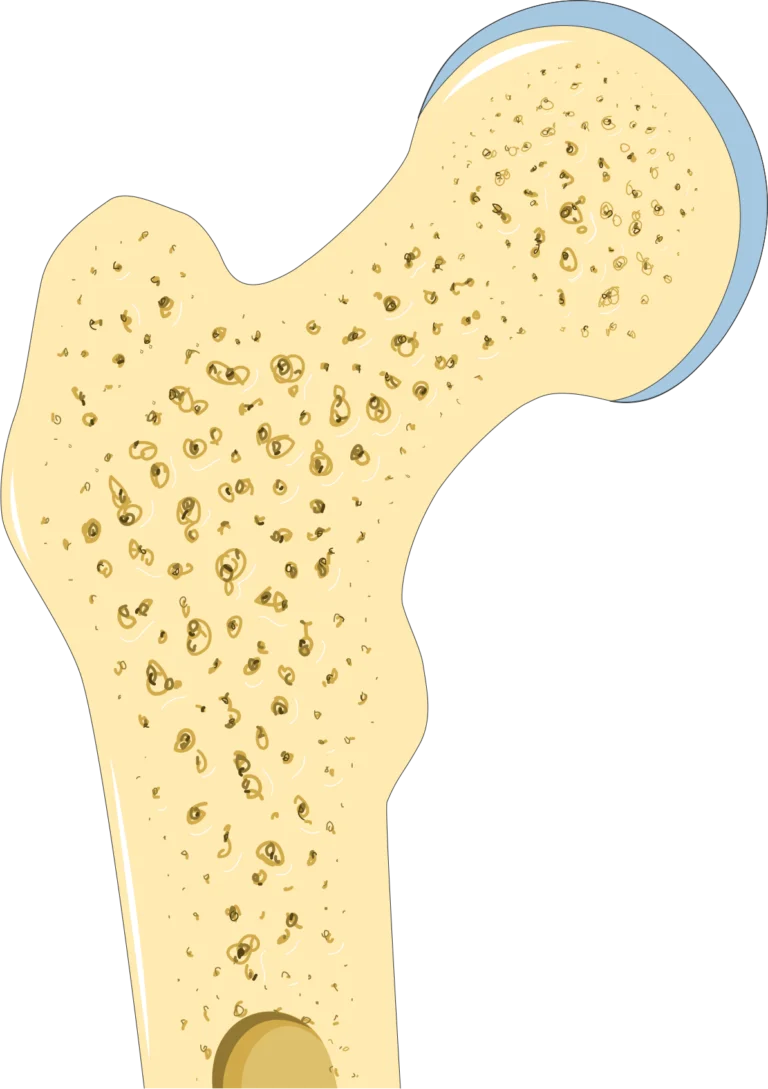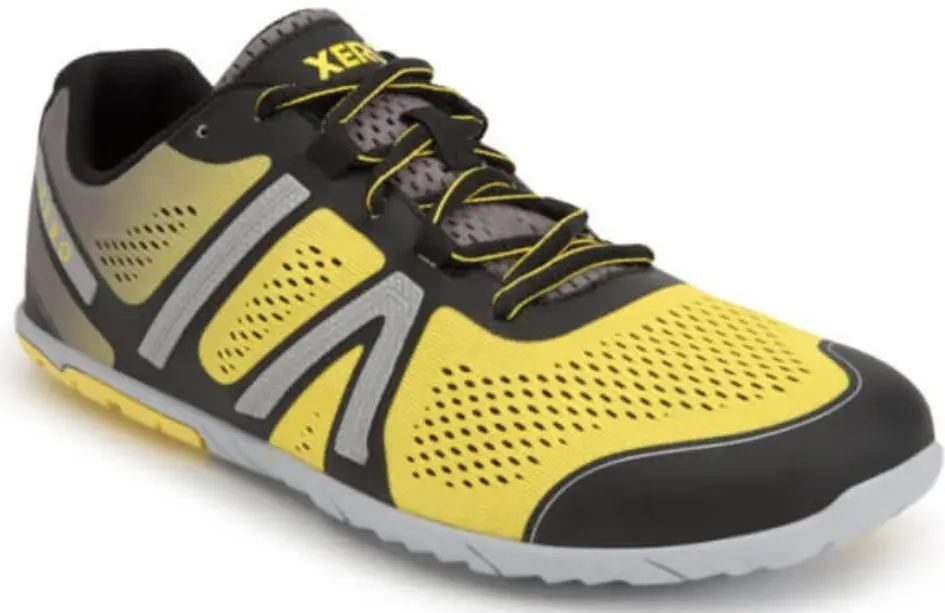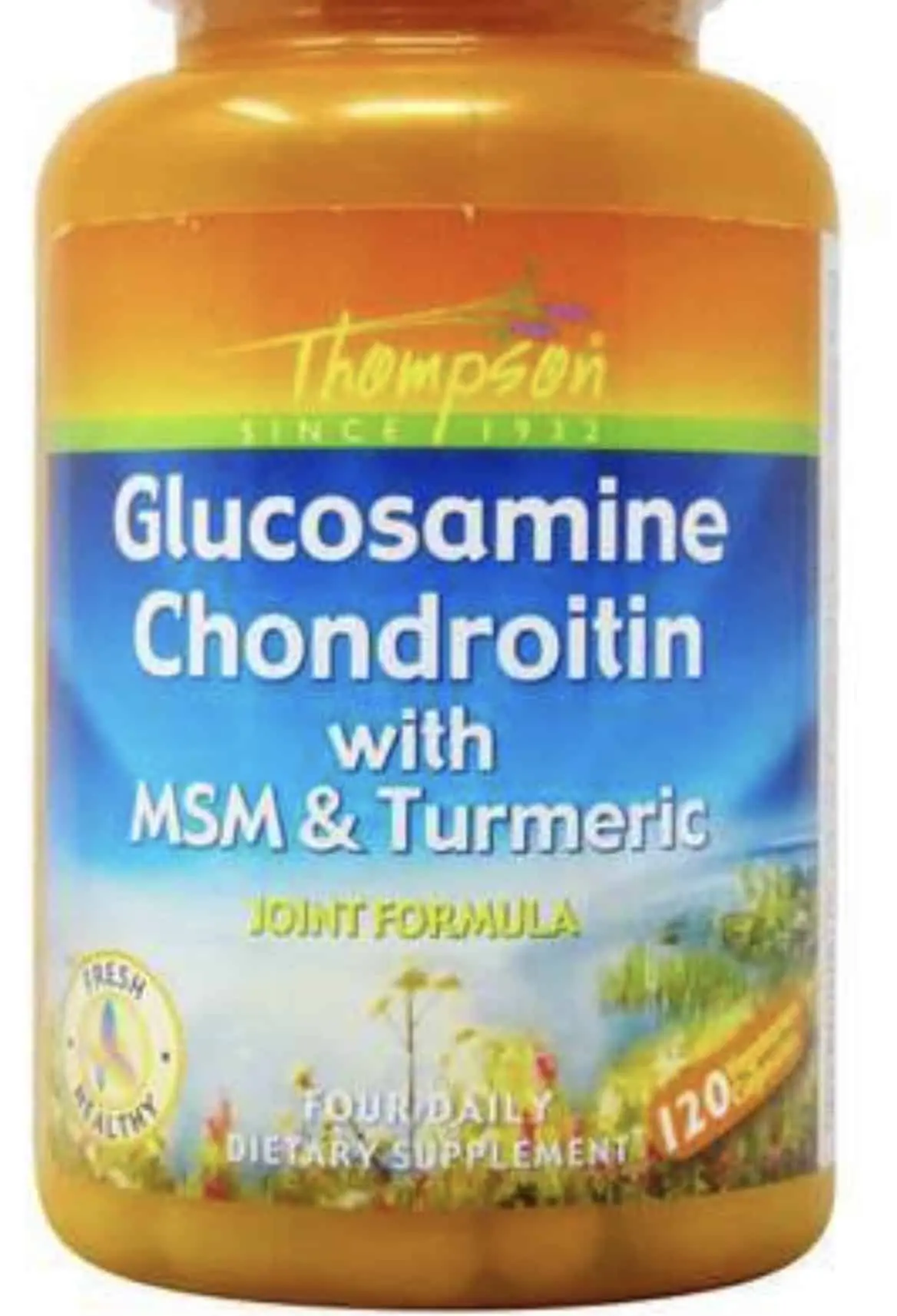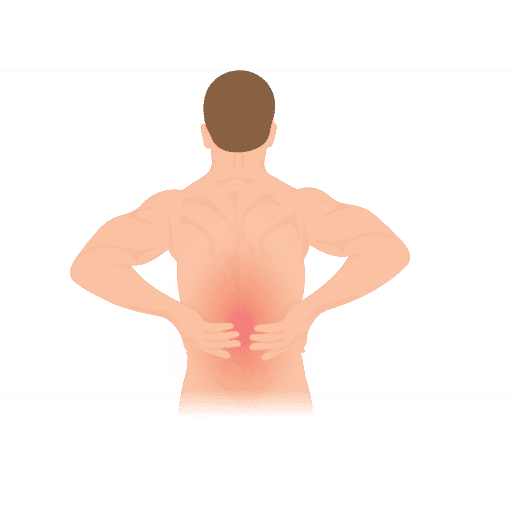
Many people seek Pilates for lower back pain, and it’s no wonder why.
According to the World Health Organization, non-specific low back pain is a major health problem worldwide. For many people, lower back pain is a chronic condition that can be difficult to manage. But there is hope!
The most common treatment for this condition is exercise. Over the past few years, the Pilates method has become one of the most popular exercise programmes used in clinical practice. Exercise, including Pilates, effectively reduces pain and improves function in people with lower back pain. In this blog post, we’ll explore the benefits of Pilates for people with nonspecific lower back pain (NSLBP).
What is Pilates?
Pilates is a system of exercises that uses controlled movements to strengthen the body’s core muscles. These exercises are performed on a mat or specialised equipment and can be adapted to different fitness levels. Joseph Pilates developed the Pilates method in the early 20th century, and it is effective in treating various conditions, including low back pain.
Pilates is a form of exercise that emphasizes controlled, precise movements and focused breathing. It is often used to improve flexibility, strength, balance, and posture. Pilates offers some benefits for people with lower back pain. To find out more, read What is Pilates?
How does lower back pain occur?
Low back pain is a significant health problem worldwide. According to the Global Burden of Disease 2010, low back pain ranks as the fifth highest cause of disability. The condition can arise due to several factors, including muscle strain, herniated discs, and spinal stenosis.
Herniated Discs
One of the most common causes of lower back pain is a herniated disc. The discs in your spine act as cushions, absorbing shocks and protecting your vertebrae. A herniated disc occurs when one of these discs ruptures or breaks and puts pressure on the nerves in your spine. This can cause pain, numbness, or weakness in your lower back and legs.
Degenerative Disc Disease
Degenerative disc disease is a condition that occurs when the discs in your spine degenerate with age. As we get older, our discs lose water and become less flexible. This can lead to pain and stiffness in the lower back. Degenerative disc disease is a common cause of lower back pain in people over the age of 60.
Muscle Strains
Muscle strains are another common cause of lower back pain. This can happen if you overuse or injure your muscles, tendons, or ligaments. Muscle strains can also be caused by lifting heavy objects improperly or not using proper posture when sitting or standing. Muscle strains usually heal with rest and over-the-counter pain medication, but severe strains may require physical therapy or surgery.
Osteoarthritis
Osteoarthritis is a type of arthritis that occurs when the cartilage between joints breaks down, causing inflammation, stiffness, and pain. The hips, knees, and spine are commonly affected by osteoarthritis.
Spinal stenosis
This is a condition that results from the narrowing of spaces within the spine. This narrowing can put pressure on nerves and lead to pain.
However, nonspecific low back pain, or lower back pain without an apparent cause, is the one that doctors see most. Poor posture is one of the most common causes of NSLBP. Slouching, slumping, or sitting badly can cause unnecessary strain on the spine, leading to discomfort, stiffness, and pain.
Can Pilates Help Low Back Pain?
Pilates is classified as a core-stabilizing exercise (CSE); it improves posture by strengthening the muscles in the core. In a systemic review of some studies involving NSLBP and core-stabilizing practices, Pilates was found to be a favorable method of reducing low back pain compared to other forms of exercise.
Pilates is an effective way to manage non-specific low back pain because it focuses on strengthening the deep abdominal muscles, which support the spine. The exercises also improve flexibility and body awareness, which can help to prevent future episodes of pain.
Another study found that Pilates was more effective than minimal intervention for pain relief.
A separate systemic review of some randomised controlled trials found that Pilates showed more significant improvements in functional ability and pain levels when compared to usual care and physical activity in the short term.
The same study found that Pilates was equivalent to massage therapy and other forms of exercise in improving pain and function. These studies suggest that Pilates may be a helpful exercise for people with lower back pain, but it helps some people more than others. More research is needed to confirm the reason behind these findings.
Other benefits of Pilates
In addition, many people enjoy Pilates because it’s a mind-body exercise that can help with relaxation and stress relief. If you tend to hold a lot of tension in your back and shoulders, learning how to release that tension through Pilates can be very beneficial.
Pilates may not be suitable for everyone. Some exercises may not be appropriate if you have joint pain or osteoporosis. Talking to your doctor or physiotherapist before starting any exercise program is important.
While there is some evidence of Pilates’s effectiveness for low back pain, there is no conclusive evidence that it is superior to other forms of exercise. The decision to use Pilates for low back pain may be based on the patient’s or care provider’s preferences and costs.
Sources
Smrcina, Z., Woelfel, S., & Burcal, C. (2022). A Systematic Review of the Effectiveness of Core Stability Exercises in Patients with Non-Specific Low Back Pain. International Journal of Sports Physical Therapy, 17(5), 766–774. https://doi.org/10.26603/001c.37251
Lim, E. C. W., Poh, R. L. C., Low, A. Y., & Wong, W. P. (2011). Effects of Pilates-based exercises on pain and disability in individuals with persistent nonspecific low back pain: A systematic review with meta-analysis. The Journal of Orthopaedic and Sports Physical Therapy, 41(2), 70–80. https://doi.org/10.2519/jospt.2011.3393
Effectiveness of Pilates exercise versus massage or other forms of… | Download Table. (n.d.). Retrieved 15 November 2022, from https://www.researchgate.net/figure/Effectiveness-of-Pilates-exercise-versus-massage-or-other-forms-of-exercise-in-reducing_tbl6_307842887
